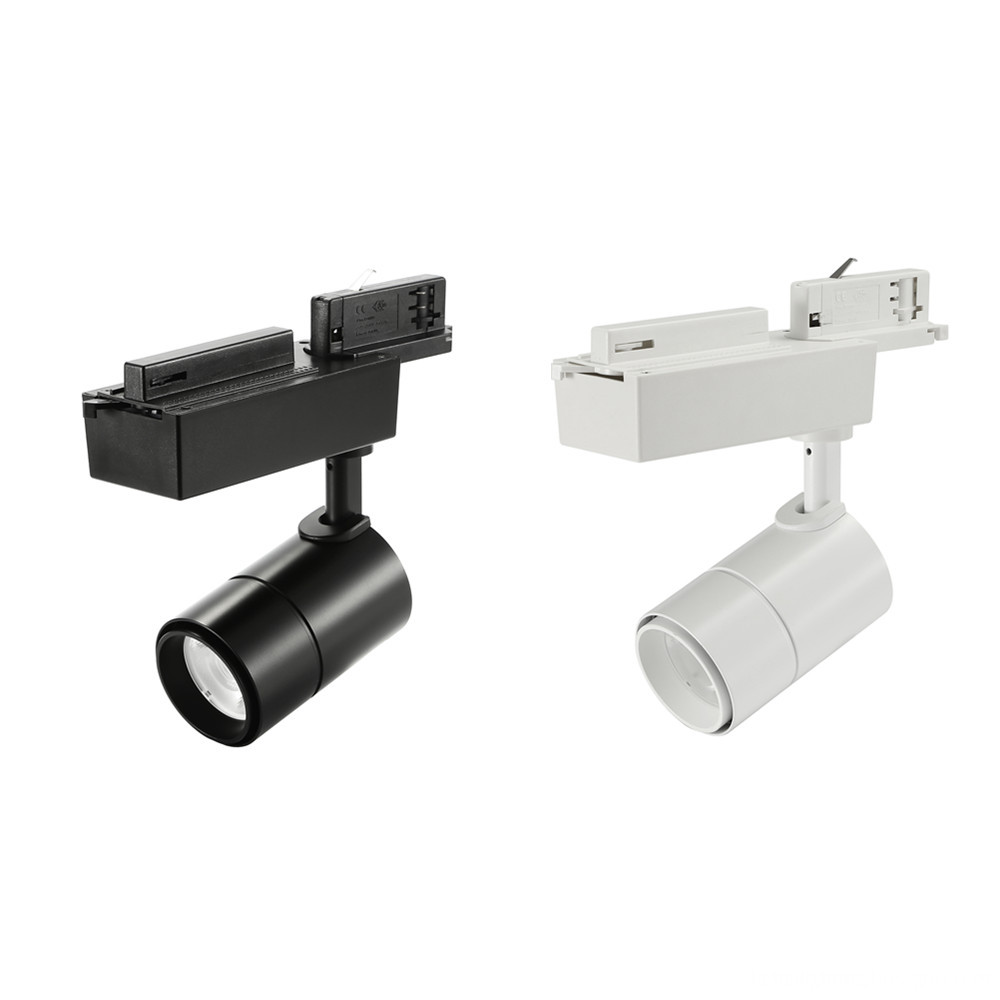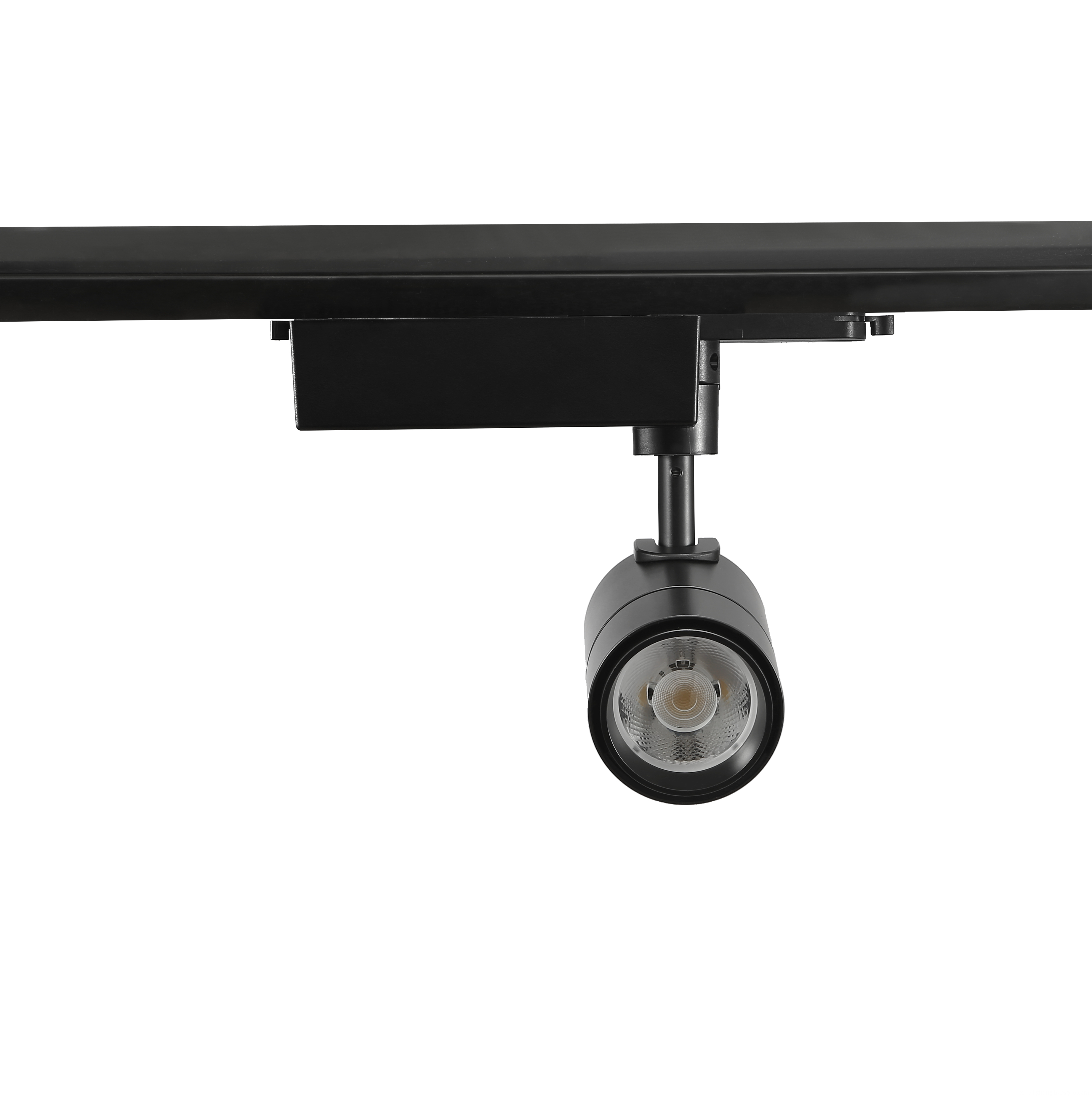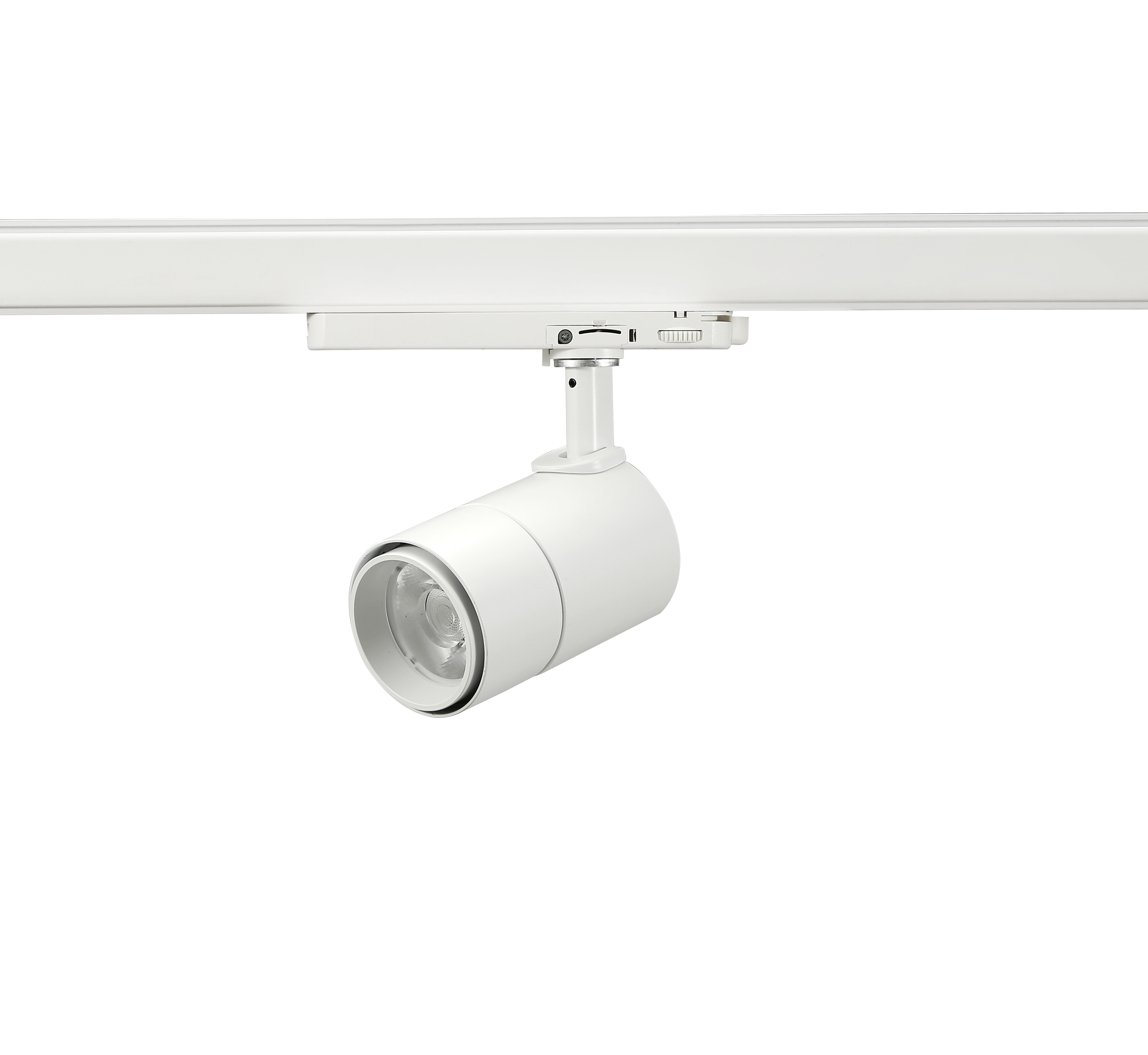ã€introduction】
Driven by the competition in the number of processor cores, the processor architecture of the home-made tablet PC main control chip has rapidly evolved from single-core to dual-core, and from dual-core to quad-core. So far, local flat panel processor manufacturers including HiSilicon, Juli, Quanzhi, Rockchip, and Jingchen have launched quad-core products. However, the industry generally believes that after the quad-core processor comes out, the competition in nuclear will gradually slow down, and enhancing content and user experience will become the next step for domestic tablet manufacturers.
In the past year or two, China ’s tablet PC industry has made major breakthroughs. Survey data from SRIDA shows that domestic tablet PC shipments exceeded 70 million units in 2012, accounting for half of the global tablet PC market. The results are amazing. Such achievements on the one hand benefited from the breakthroughs in the key technologies of domestic mobile processors, including Quanzhi, Rockchip, Jingchen, Infront Micro, Zhongxing Micro, New Shoreline, Junzheng and other master control manufacturers. The maturity of the industry chain of key peripheral devices such as display screens, touch screens, driver chips, power management, and MEMS sensors has also played a great role in ensuring the rapid development of domestic tablet computers.
Industry analyst Zhou Laiping pointed out that China's tablet PC industry has jumped out of the "well of death" as early as 2011, mainly for three reasons: one is the correct positioning of low-end products; the second is the maturity of the production process; three It is the maturity of the surrounding supporting supply chain (including main control processor, touch screen, operating system, etc.). In particular, the processor represented by Quanzhi A10 has broken through the bottlenecks of SoC integration, supporting technology, production process, power management, etc., and promoted the rapid increase of the Chinese tablet PC market. Since jumping out of the "well of death", with the rapid advancement of processor technology, the processor architecture of the main control chip of domestic tablet computers has rapidly developed from single-core to dual-core, and from dual-core to quad-core. So far, local flat panel processor manufacturers including Juli, Quanzhi, Rockchip and others have launched quad-core products.
These mainstream domestic flat-panel main control processor manufacturers have successively released quad-core products, which indicates that the domestic tablet market will be dominated by quad-core this year. It is still unclear who will become the quad-core overlord. Although the four-core battle is inevitable this year, on the other hand, there are also many voices in the market that the competition in the number of cores will gradually slow down after the four-core processor comes out. Zhou Laiping even believes that the quad-core CPU on the hardware may have reached the top. The next development trend may be a change in architecture or an upgrade from 32-bit to 64-bit.
"The so-called eight cores that were rumored in the past are unlikely to be used. One is because the power consumption of the large core is too large. The second is that the cooperation of large and small cores requires the close integration of OS support and applications. Putting a small core requires OS coordination. However, no one from OS companies including Google has done in-depth development in this regard. Because OS companies also have to see if there are corresponding applications, especially game applications, if there are none, OS The company will not spend too much effort on it. "Zhou Laiping said," It took almost two years for the flat-panel processor to transition from single-core to dual-core, and the transition from dual-core to quad-core took only half a year. Quad-core. After the launch, the nuclear war will cease for a period of time. It is expected that this situation will be maintained until the second half of 2014. During this period, everyone will focus more on system optimization and application development. "
Similar views are held by Wei Ziqiang, Director of Huawei ’s Terminal Fusion Terminal Product Management Department. He believes that the user ’s pursuit of faster and stronger performance of the tablet PC will slow down when the Cortex-A15 core comes out. Instead, it pays more attention to power consumption. And application experience. "When the processor developed to quad-core, the performance provided by the chip at this time has far exceeded consumer demand and reached the peak that consumers can perceive. Now many applications, whether on the network or local, their Such practical performance is not practical. I think that it is of little significance to further develop hardware performance or to develop better and stronger chips. "Wei Ziqiang said," What we have to do now is to reduce power consumption while ensuring performance. Lower it, or make the size structure more reasonable, so that users have a better experience. "
Zhan Muhang, marketing manager of Qualcomm in the United States, also believes that the number of cores is not important. What matters to users is the fluency and power consumption of web browsing, games and multimedia, not server-like performance. Therefore, tablet computer manufacturers should choose the main control processor solution based on user experience, rather than simply pursuing high-performance hardware.
He also said that whether it is a smartphone or a tablet, mobility is at the core, but the embodiment of mobility is not just CPU and GPU. Compared with PCs, mobile SoCs integrate more cores, accelerators, sensors, and better connectivity. In addition to the cooperation of multiple cores on the SoC, the main functional modules also require tight software integration to ensure the optimization of these functions. To this end, Qualcomm provides not only hardware solutions, but also includes leading hardware, drivers and advanced functions optional software, advanced operating systems, reference designs, source technology, hardware and software development tools and user support, etc. Including system-level solutions.
Compared with previous years, this year's entire tablet PC industry seems to emphasize more on the balance of performance, power consumption and experience, rather than blindly pursuing hardware performance. In the past, in order to win the favor of consumers, tablet computer manufacturers often like to use hardware configuration such as the number of processor cores as a selling point. However, as consumers more and more rationally choose suitable products from their own needs and experiences, and hardware configuration gradually touches At the top, product competition needs to start looking for new marketing points. Zhou Laiping pointed out that the next marketing selling point of tablet PC manufacturers should focus on user experience and brand building. The development of software and content such as operation methods, human-computer interaction UI, appearance ID design, menu design, operating system optimization, and built-in applications are helpful. To enhance user experience and brand value. "The traditional model with hardware as the core once created the glory of the cottage industry in the Pearl River Delta and even the Chinese electronics industry. In the era of the mobile Internet, the emerging electronics industry model is now dominated by a business model of innovative application software and content, and hardware design is only to provide It has become the most basic implementation platform, and its proportion in the entire value chain is getting smaller and smaller. In the past, the hardware-based design changed to the software and content (application) development-oriented, and the value of content and applications is constantly increasing. The cottage electronics industry model is in urgent need of transformation and finding a way out, especially in the consumer electronics manufacturing industry chain. It is currently unable to withstand the needs of mobile Internet applications, and active cooperation and cooperation with content and software suppliers is the key to the company's long-term vitality. " He said.
The tablet computer industry is gradually maturing, and the market size is also increasing. It is expected that the shipment of tablet computers will exceed 200 million units in 2013, and will reach 400 million units next year. The huge market space contains many "gold mines" At the same time, competition will become more intense. So how should domestic manufacturers increase the added value of their products in the competition and grab more profits in the "gold mine"? Zhou Laiping said that local manufacturers need to take the road of differentiation, and industry application is an effective method. For example, a tablet computer suitable for industry applications has been developed in combination with the characteristics of various industries such as medical, education, transportation, commerce, catering, logistics, etc. E-E is a very successful example of taking the industry application. In addition, after the hardware boom recedes, sensor technology and human-computer interaction experience will become the competition direction of tablet computers. Integrated handwriting / voice / gesture input, body data collection, wearable device interaction, multi-screen interaction, call alert wrist / bracelet, smart remote control, somatosensory interaction, fingerprint recognition, floating touch, eye recognition tracking, high-definition retina technology, etc. The ways of human-computer interaction experience are the points that tablet manufacturers can focus on.
7W LED Track Lights with Bridgelux or Luminus COB LED chips.
7W LED Track Lights with international 2 wire, 3 wire, 4 wire track connector, matching well with most of quality track rail.
CCT: 2700K, 3000K, 4000K, 6000K are available.
Beam Angle: High reflectance diffuser (Lens+Reflector) with 12° / 24°/ 36° for choice.
Dimension of 7W Led Track Lights: Φ70mm, 115*140mm
Finished Color: Matt White / Black / Silver etc.
High luminance flux: 4600lm
High CRI: >90
Certification: CE RoHS



7W LED Track Lights
7W LED Track Lights,7W LED Track Spot Light,High Brightness LED Track Light
SHENZHEN KEHEI LIGHTING TECHNOLOGY CO.LTD , https://www.keheiled.com